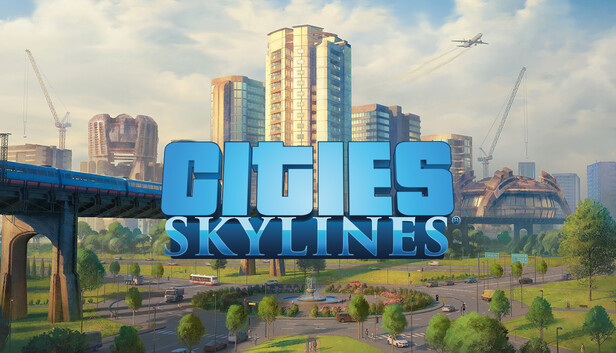
Cities: Skylines
Through Cities: Skylines, I learned that part of the reason I struggle with open-ended simulation games is that, in the absence of success and failure states, I experience a form of choice paralysis, grasping for an optimal playstyle that doesn’t exist. I also learned, through Cities: Skylines, that if I’m able to power through that obstacle, I can get absorbed as thoroughly as the next person. Temporarily, at least. My enjoyment was gradually chipped away by an ever-growing list of interface inadequacies and frustrations. The high fully subsided when I realized how much I was simply following the same patterns ad nauseum due to the lack of random events and natural disasters that city sims normally throw at you. The number of consecutive hours that it had me logging obliviously is still impressive, especially considering the circumstances of its creation.
Cities: Skylines is well known for only being developed due to the failure of SimCity 2013. For me, that would indicate another Stardew Valley, i.e. simply a bigger and more complete version of something that already exists but isn’t meeting expectations. But Skylines actually brings ideas of its own to the table, including the ability to lay out districts with unique policies. Most notably, the game was born out of the developer’s previous series, Cities in Motion, so it has a heavy emphasis on traffic. This has odd effects, like healthcare budget increasing not the quality or space of your hospitals but the number of ambulances they have available. The system is also missing a couple of things that I would consider significant to realistic traffic simulation, but the ability to granularly track the movement of thousands of citizens is endlessly fascinating regardless.